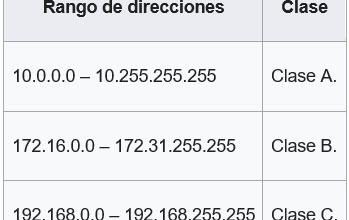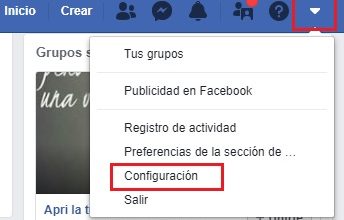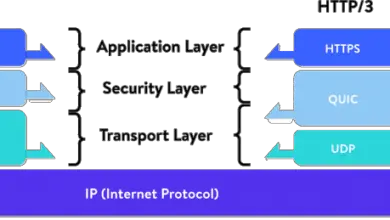Can you catch viruses just by connecting to Wi-Fi?
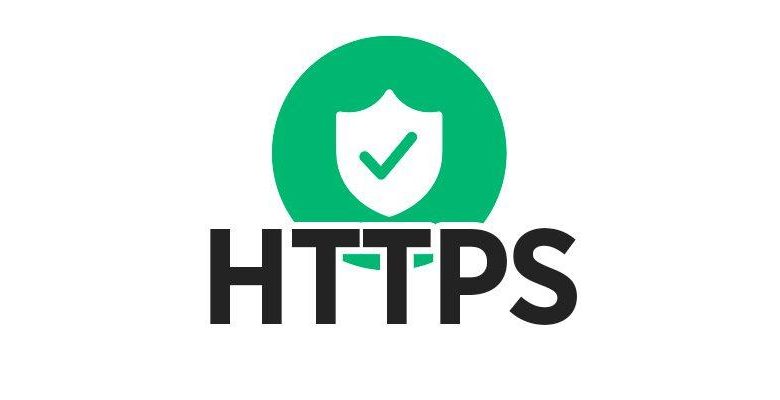
Wireless networks today have a very important weight. We have more and more compatible devices that allow us to surf the Internet without using cables. This offers greater freedom, easier connection without depending on other devices and more flexibility. However, we must keep in mind that there are security risks if we do not take the appropriate measures. In this article, we are going to talk about how we might get infected if we log into a unsecured Wi-Fi network .
Wi-Fi, a fundamental technology today
We can say that there are Wi-Fi connections almost everywhere. We just have to go to a mall or even walk some streets and do a search and we will surely find several networks, some of which are open for us to connect.
This offers a very interesting range of possibilities. We can navigate from anywhere without using mobile data, as well as getting better speed indoors. But of course, we also have to take into account that we can expose our security.
The Wi-Fi networks that are found in public places, such as an airport, shopping center or library, are not always secure. We don't really know who may be behind this network and if it has been maliciously configured to attack. They could have created a fake hotspot with the intention of attacking those who log on.
This means that we have to take into account certain precautions to protect our computers and not let malware in. Hackers are constantly looking for ways to attack victims and take advantage of the vulnerabilities and mistakes we make.
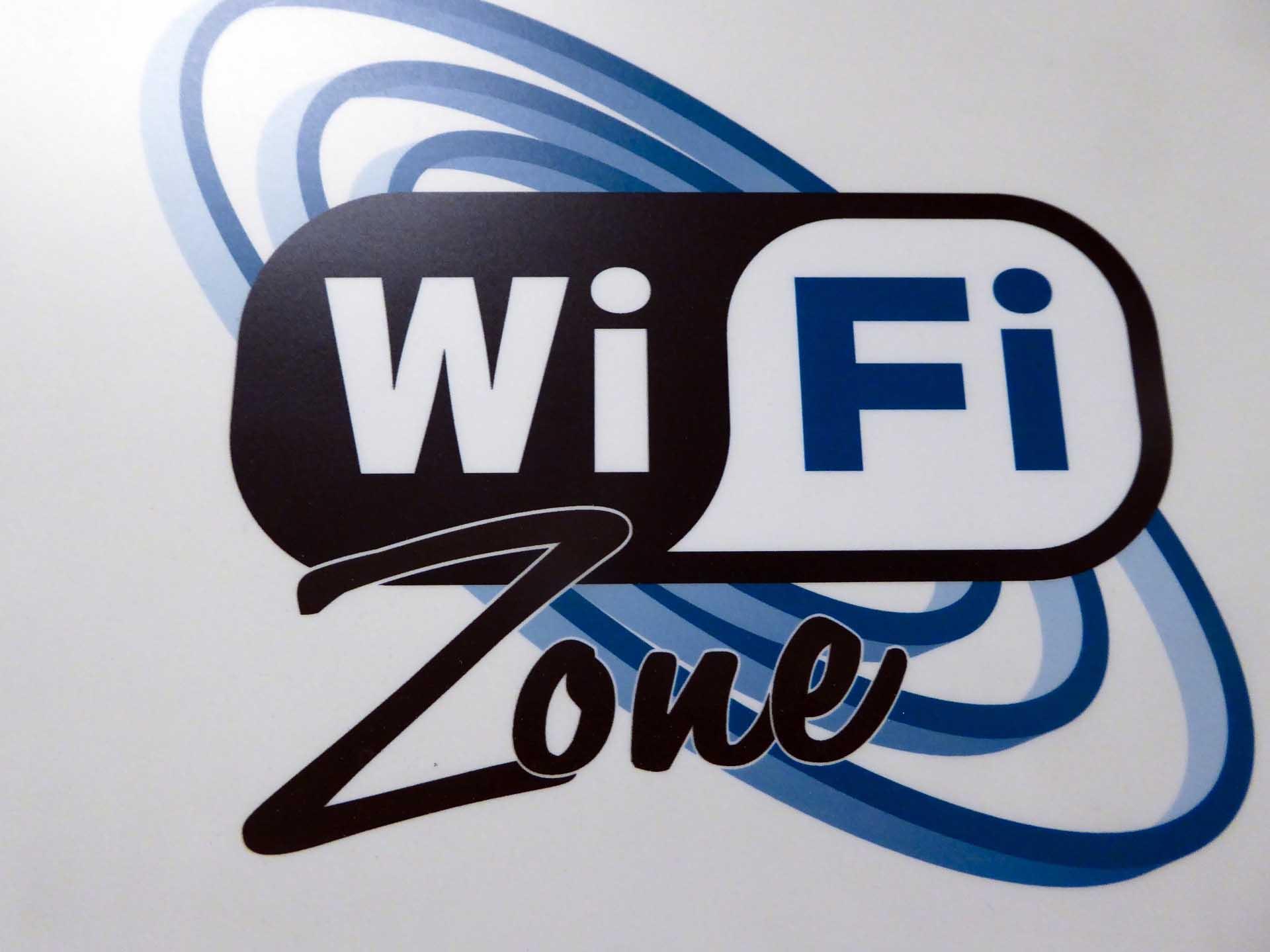
How could they infect over Wi-Fi
As we say, the public Wi-Fi networks that we can find in many places could be a threat to our security. Many users log in believing that nothing can happen, logging into social networks, sending emails, downloading files… However, all of this could work against us.
Stealth malware
By accessing an insecure network, which has been modified to attack users, they were able to modify DNS with the aim that by setting up a web page, we end up in a site created to infect us. For example, we might end up on a website that contains malware and can be downloaded to our computer.
In this way, not only viruses could enter our computers connected to this network, but also other varieties of malware such as spyware, ransomware, keyloggers… We already know that there are many varieties.
Phishing attacks
When we enter a public Wi-Fi network, which is not properly protected, we could also be victims of attacks from Phishing . As we know, this is the method used by hackers to steal user passwords and credentials.
They use usually bait so that the victim feels confident. When entering a webpage from public wi-fi network, we may encounter this problem. An attacker could modify the DNS so that when entering the bank account, social networks or any platform, we access unencrypted using HTTPS. They might even create a page claiming to be the legitimate page to steal the data.
The man in the middle
We cannot let the man-in-the-middle attacks behind us . It is also a problem when we do not access web pages in an encrypted form. If we enter HTTPS sites, our information is protected and potential intruders would not be able to access this data.
The problem is that while browsing unsecured wireless networks, entering unencrypted sites can expose the data. An intruder on this network would have access to anything we send or receive. He could intercept the packets.

False identifiers
When you enter a public Wi-Fi network repeatedly, we may find that we are asked to enter data or log in . Sometimes they just ask us to put our email, name, etc.
It may just be to create a record of who is logging in, as a control measure. But we could also come across a network that has maliciously modified this form for the sole purpose of collecting personal data and subsequently usurping our identity on the Internet.
Hence, these are some of the attacks that we can suffer from entering a public Wi-Fi network. It is very important that we keep in mind that yes we can get infected by this means and our data could be at risk. Therefore, we are going to give some interesting tips to protect ourselves.
How to Avoid Problems While Browsing Public Networks
It is very important that we take action when browsing Wi-Fi networks. The goal is precisely to prevent these attacks that we have mentioned. We must not make any mistakes that could expose our equipment and personal information. We are going to see some essential tips to avoid problems when we enter public networks.
Using a VPN
Without a doubt, something very interesting that we can use while browsing public Wi-Fi networks is VPN services. There are many options available to us, both free and paid, and they are available for all types of platforms and operating systems.
Un VPN service allows us to encrypt our connection. This way, we don't expose data when entering a wireless network. In a way, we access the network anonymously, without exposing any personal data. It is ideal for avoiding Man-in-The-Middle attacks, as we discussed earlier. The whole connection works as if it is in a tunnel.
Do not enter unencrypted sites
We must also take into account the importance of avoiding entering websites that are not encrypted. This is particularly essential if we want to log on to platforms and that we do not want our data, access credentials in short, to be collected by attackers.
This point is essential to avoid phishing attacks which can use precisely this type of page as bait. They tamper with sites that claim to be banks, social networks or similar platforms, but in reality we enter an HTTP page, without encryption, and our personal data goes to a server controlled by the attackers.
Therefore, we must make sure that when we enter a web page and are going to put any type of personal data, that site is HTTPS . In this way, we will avoid the problems caused by browsing from an unsecured wireless network. There are browser extensions that even automatically redirect us to the encrypted version to protect us.
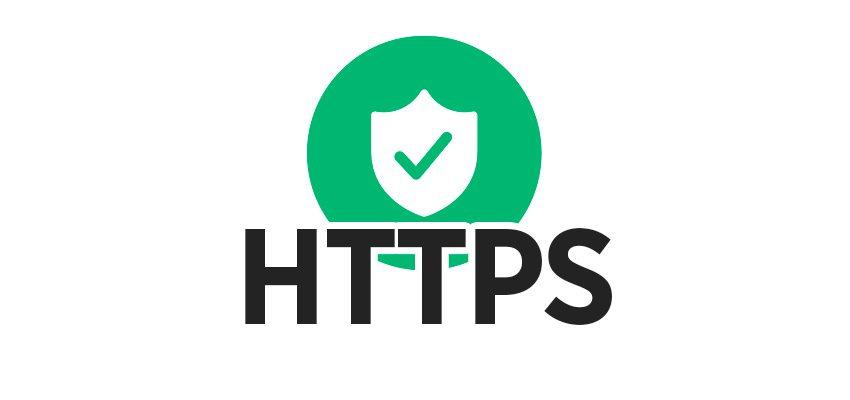
Have security tools
Of course, security programs are also essential in keeping us safe online. Have a good antivirus can help prevent malware from entering malicious pages.
Let's say we go to a free Wi-Fi network that has suffered an attack or that has been arranged in such a way that when we enter a website the DNS will redirect us to another fake which claims to be the legitimate one. This page is actually loaded with malware and we may end up with the computer full of this malware. A safety program can help us avoid this problem.
Have up-to-date equipment
We can't leave behind having updated systems and devices . There are many vulnerabilities that can exist when we are surfing the net. Our computers and the programs we use may have security vulnerabilities. Cybercriminals can take advantage of these loopholes to attack us when we enter a public Wi-Fi network.
This means that we must have the systems with all security patches installed and all existing updates at all times. These are the manufacturers and developers themselves who publish these versions to correct any existing bugs.
Common sense
Although we put it last, the common sense must always be present. By this we mean not to make mistakes when connecting to a Wi-Fi network. For example, do not enter those who may be suspicious.
When we see networks with names like "free internet", "free internet" and the like, we have to keep in mind that it could be a network created just to attack. Ideally, the ideal is to always access a network that is encrypted with a password and where you really know where it is coming from.
In short, here are some interesting tips to avoid falling victim to attacks when connecting to a public Wi-Fi network. As we have seen, it is possible that they infect us with viruses and suffer other varieties of attacks. As long as we take action, properly protect our equipment, we can avoid these issues that expose our personal data and information.

